My first attempt:
My first films:
Domino Play
Plasticine
Competition Without Winners
The Large Labyrinth
The Last Leaf
Rom and Jul
Let me Live
White
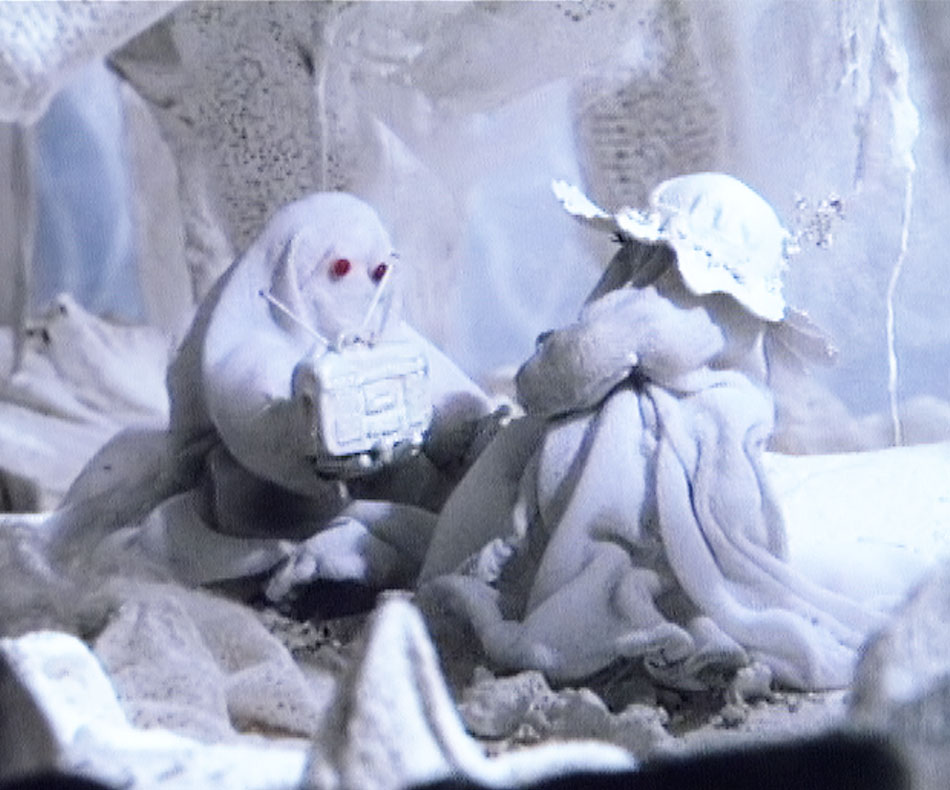

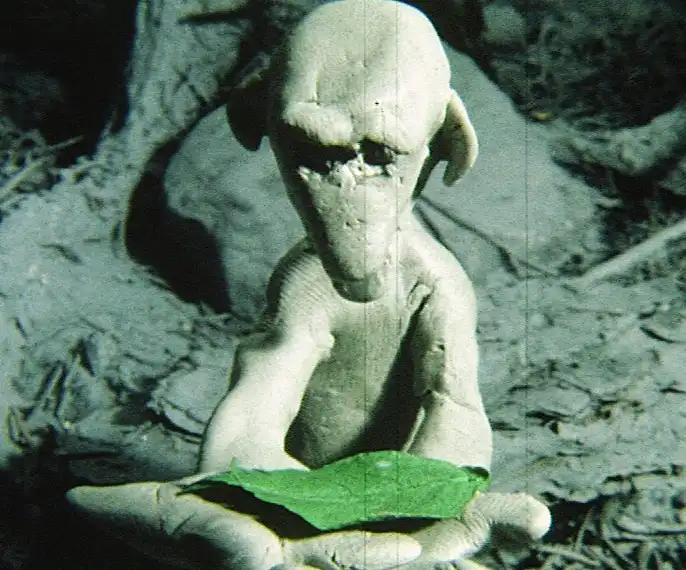
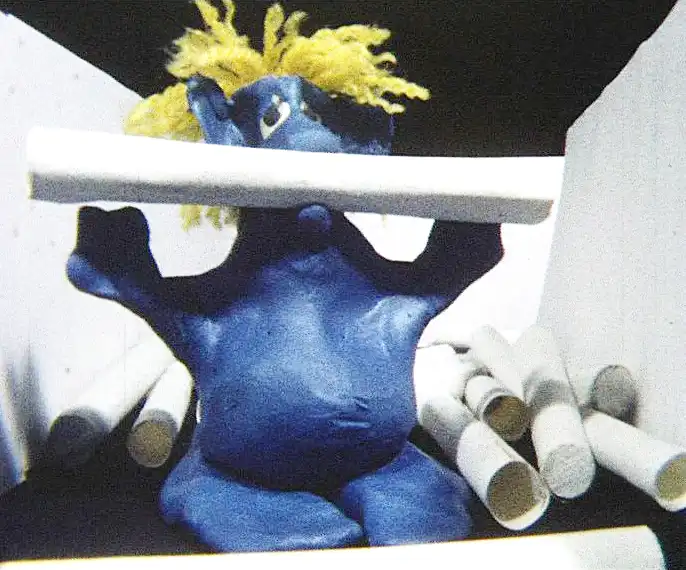
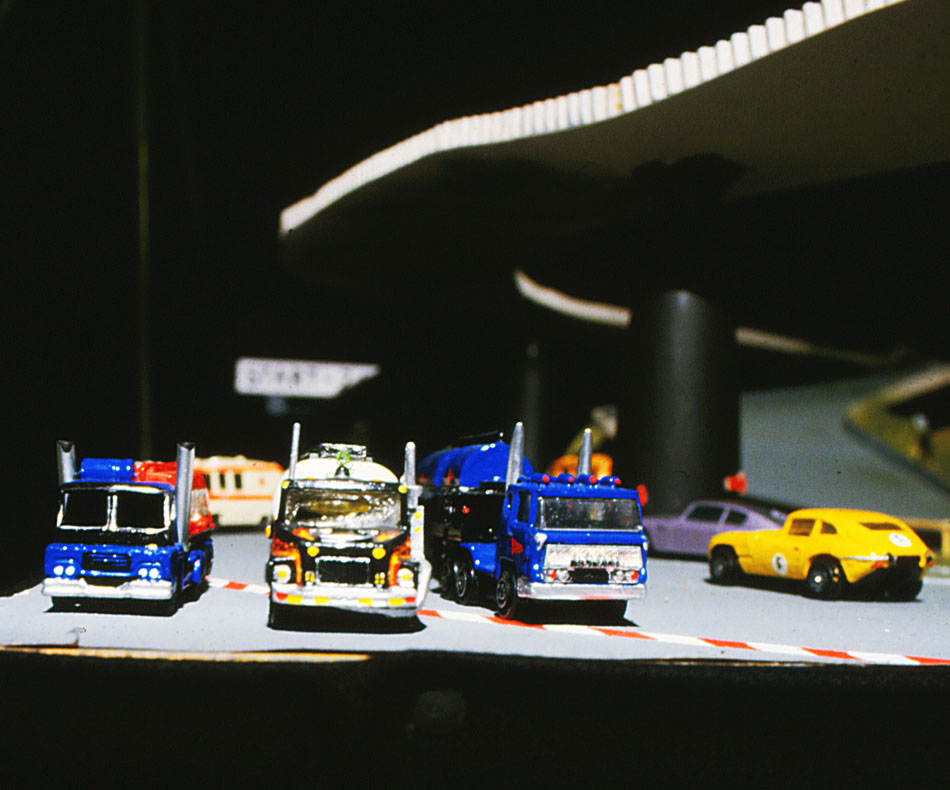

My first attempt:
My first films:
Domino Play
Plasticine
Competition Without Winners
The Large Labyrinth
The Last Leaf
Rom and Jul
Let me Live
White
I already wanted to become a filmmaker when I was 15.
With 17, I started my first attempt at making a live-action short film. The action took place at school. Brother and friends were the film crew, teachers and classmates the actors and extras. We shot at the weekends.
My team shrank from weekend to weekend. The weather was changeable. Sometimes it was sunny, sometimes it rained. We didn’t have enough light. After two weeks, the developed film material came from the lab. It was partly out of focus.
Disappointed, I gave up on the project and changed my plan.
I retreated to my children’s room, painted science fiction pictures or went to the hobby cellar, tinkered with something. I kept dreaming about film.
Equipped with only two film lamps and a miniature film set made of dominoes, I started experimenting with film tricks, or more precisely with animation, in the basement. That was in 1982.
One of my favourite pieces of electronic music inspired me to make the fancy 5-minutes film PLASTICINE in 1983.
All objects and figures in the film are made of plasticine. The main character, a conductor, bewitches his surroundings. Objects roll, dance, appear and disappear or change colours according to the music.
The film was made for a competition of non-professional filmmakers with the subject ‘My best Thing’. The Bavarian broadcasting TV, the initiator, didn’t select PLASTICINE.
I got the following awards:
I love car racing films. COMPETITION WITHOUT WINNERS is a film like that, a 12-minutes stop motion film, produced in 1984.
The story: At midnight Matchbox cars come alive to race.
I got the following awards:
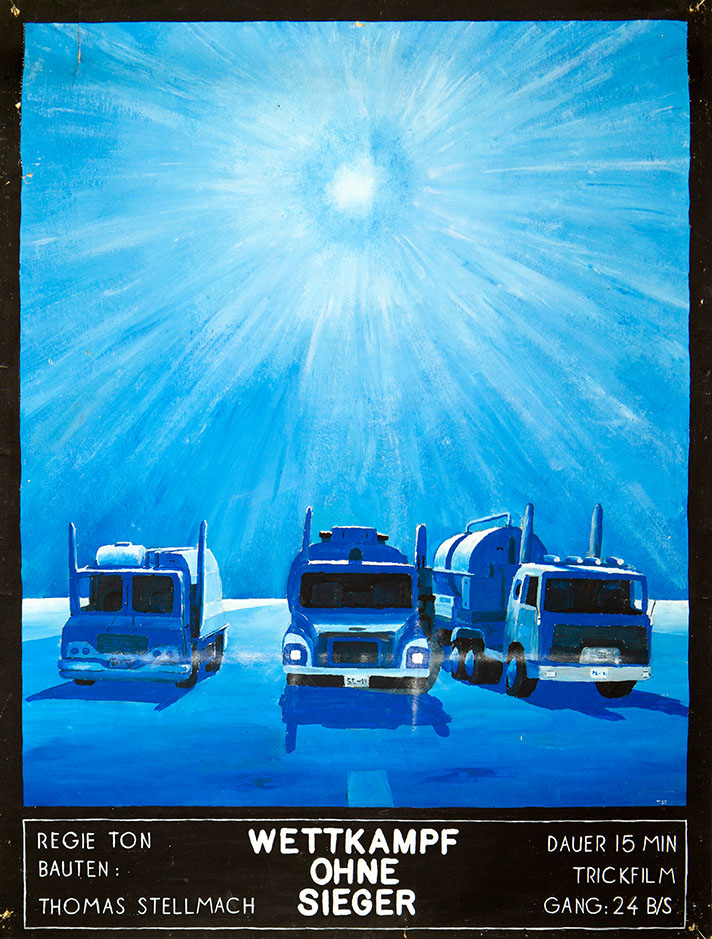
The 5-minutes animated film THE LARGE LABYRINTH is a mix of live action and stop motion, produced in 1984.
The story is about the dream of a little girl, in which plasticine characters, come alive.
I made THE BIG LABYRINTH again for the amateur film competition of The Bavarian broadcasting TV. Unlike PLASTICINE the year before THE LARGE LABYRINTH was selected with 29 others from 300 submissions. The audience, who was the jury, chose my film as Best Film of the Competition. The Bavarian TV broadcasted a 30-minutes report about me and my films.
The film got the following awards:
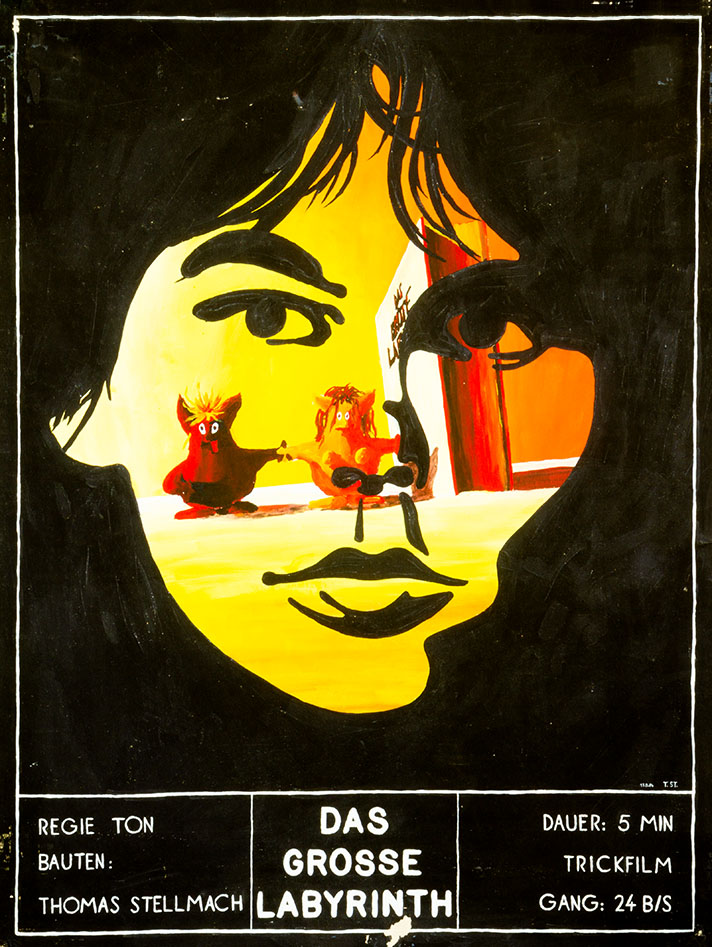
The topic of climate change has inspired me to make the 6-minutes film THE LAST LEAF in 1984.
The story: A plasticine figure lives in a dead grey forest and takes care of a leftover green leaf.
The film received the following awards:
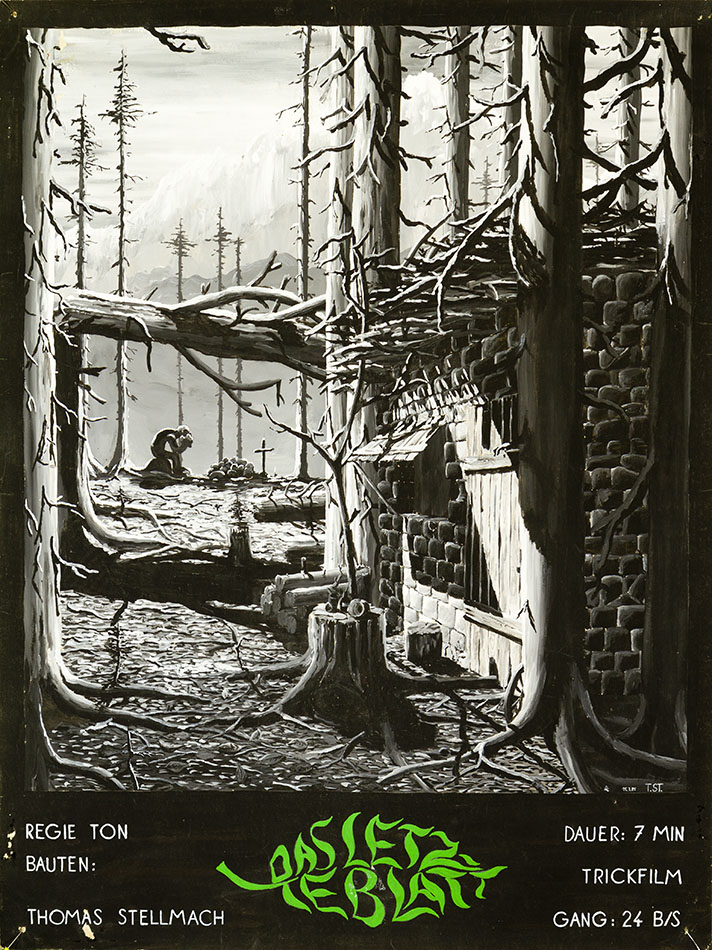
My particular interest in the 14-minute stop-motion film ROM AND JUL was in the design of the scenery, the lighting and the music that was composed for this film.
The idea was inspired by Shakespeare’s ‘Romeo and Juliet’. The rival families are LEGO bricks and Fischer-Technik blocks.
The film got a Prize for Best Sound Editing at the local competition of non-professional film makers, Lower Bavaria, Straubing, 1985.
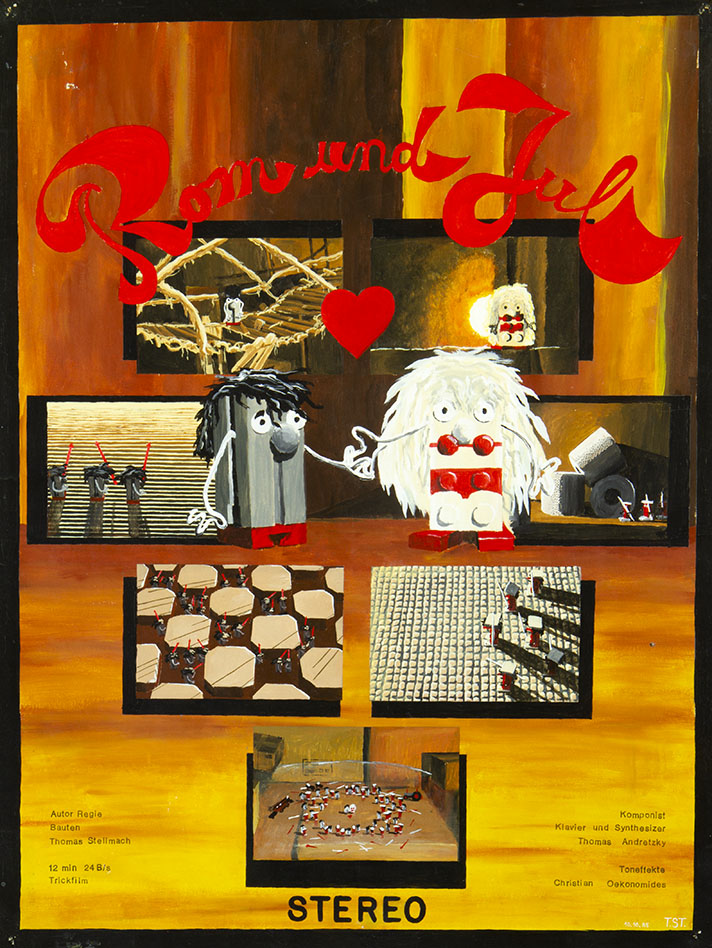
My 6-minutes stop motion film LET ME LIVE was the thesis in Art at my A-levels (Abitur) in Art in 1986. I received a grade 1 with distinction.
The story: A little bird hatches from an egg in a garbage dump and tries to survive.
The film received the following awards:
Excerpts were broadcasted by German TV WDR, edited by ‘aktuelle Stunde’ an infotainment magazine.
I made the 11-minutes stop motion film WHITE in 1987.
In 1988 I successfully applied with this film to study animation at the Kassel College of Art.
The story is set in a fantastic white world and is about the relationship between two ghosts. They live alone in this world. One ghost is sad, while the other tries to be in a good mood. An unfortunate accident suddenly brings colour into play.
I bought a Bolex camera, an analogue editing table and a 16mm projector to produce the film with professional technical equipment. I purchased a sound system that synchronized a four-track tape machine, a Super-8 film viewer and a 16mm-projector. The music was composed by Thomas Andretzky.
The film received the following awards:
Excerpts of the film were broadcasted by the German TV stations: ZDF, South German broadcastingTV, RTL
Please contact me if you have any questions or would like to book this film:
5 to 14 minutes
Thomas Stellmach
Thomas Stellmach, Germany, 1982 - 1987
8 stop motion films